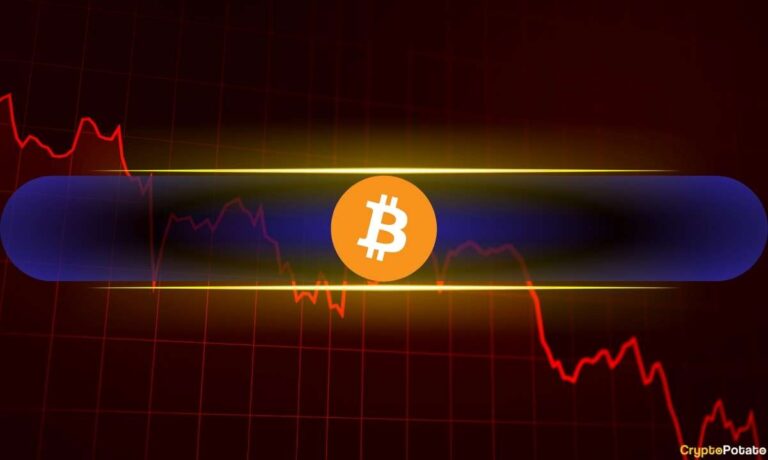```html With Bitcoin (BTC) experiencing a slowdown after its recent surge, a noted cryptocurrency analyst has indicated that Bitcoin's dominance...
The prominent provider of web3 and blockchain software technology, Consensys, has taken legal action against the Securities and Exchange Commission...
April 25, 2024 2:51 PM | 2 min read | The crypto influencer known covertly as "Reflection" divulged his strategy...
The significance of spatial data in business expands beyond virtual reality headsets to include a wider array of end devices,...
The price of Bitcoin, the leading cryptocurrency, continues to be a hot topic with analysts offering a spectrum of predictions....
With the 2024 Bitcoin halving event behind us, it's time to embrace the wealth of opportunities it presents! Bitcoin halving...
NodeMonkes surged to the top of the non-fungible token (NFT) market, recording over US$1.05 million in sales on Thursday, CryptoSlam...
Last updated: April 25, 2024 06:36 EDT | 2 min read The European Union (EU) has formally passed a new...
An enigmatic digital currency investor known as Cyclop has become the center of attention. This investor boasts an impressive financial...
Bitcoin's price reached above $66,000 for a brief period and even attempted to surpass $67,000 on multiple occasions without success....




























